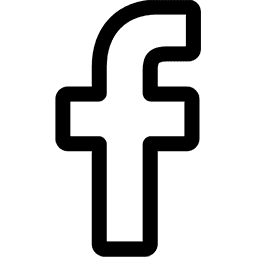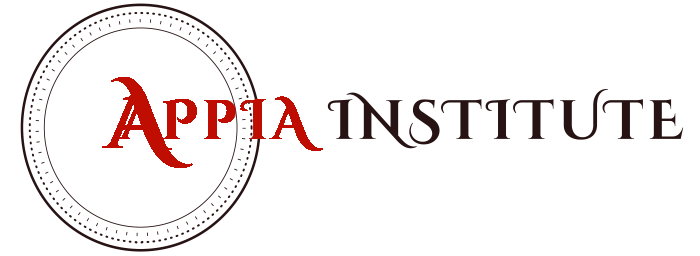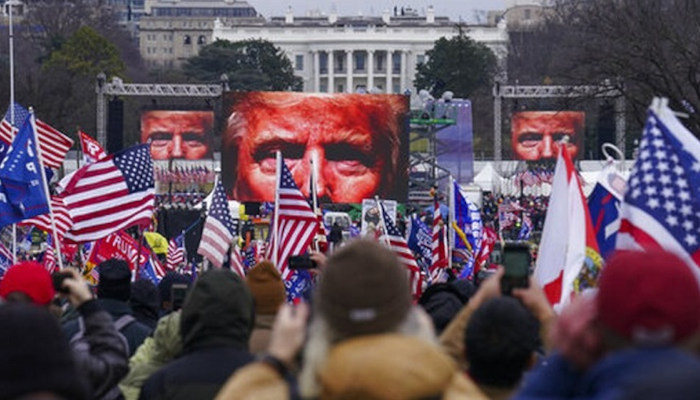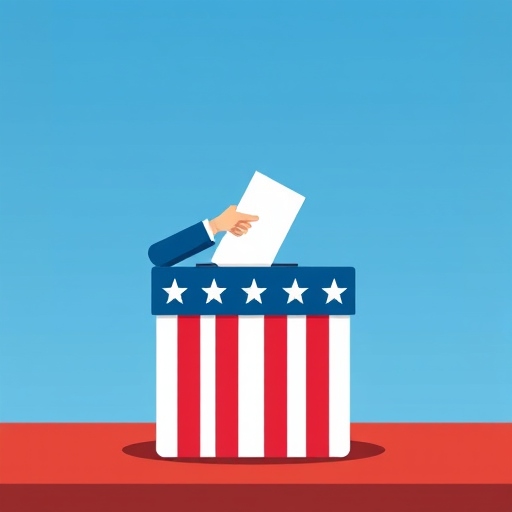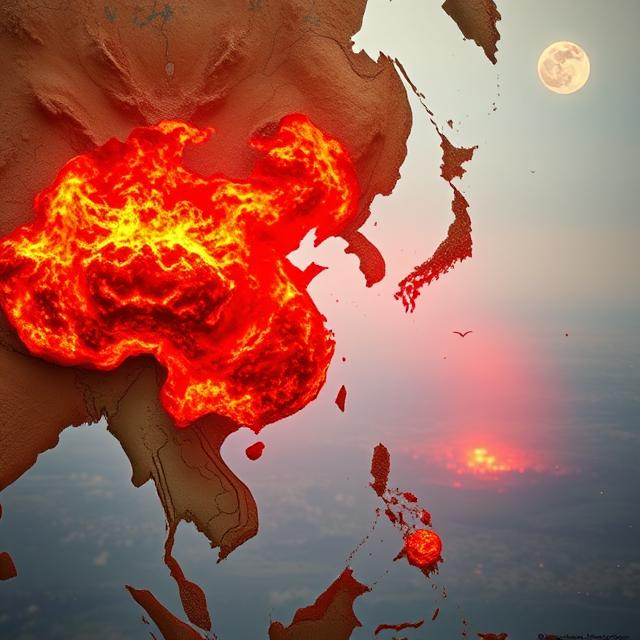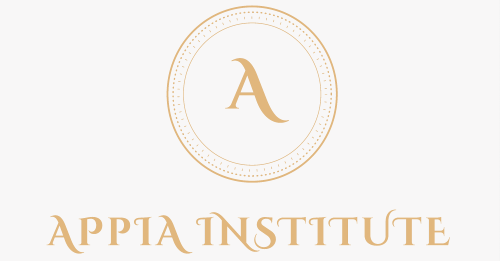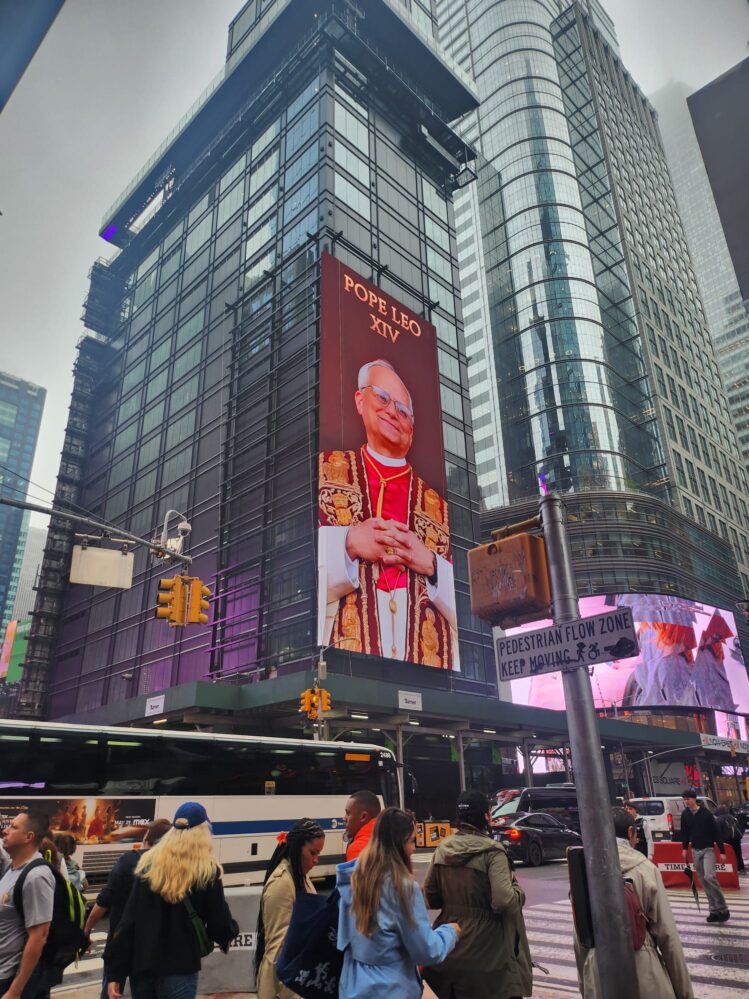
Pope Prevost shortens the distance between the Vatican and Washington, imparting a new, unprecedented dynamic to the USA and the world. China is left out, with still unclear consequences. (photo credit: Ninan Tan)
As Italian political commentator Stefano Folli noted, the distance between the two banks of the Tiber, between political Rome and the Holy See, which has been a cornerstone of Italian stability for over a century, has widened with the election of an American pope. This distance now appears irreconcilable.
At the same time, another entirely new political phenomenon has occurred: the unforeseen and dramatic shortening of the distance between the two shores of the Atlantic, between Rome and Washington. Just minutes after his election, the image of Pope Leo XIV, Robert Prevost, the first head of the Catholic Church born in America, exploded in his home country. Giant posters of the Pope in a mozzetta and glasses towered over Times Square, the iconic place America dedicates to its superstars. Interviews with his two shocked and happy brothers flooded every channel.
The popularity of the new Pope, shy and reserved, is destined to grow in the coming months and years. Beyond intentions and electoral preferences, his objective political weight will be a crucial, perhaps fundamental, element of American dynamics. We do not know Pope Prevost’s agenda. We know that Leo XIII, from whom the current Pope took his name, was the man who sought to give a new “political” position to the Church in a world that was modern and no longer had the Pontiff State, the temporal power of the Church. With Leo XIII, popular parties emerged in Italy, Germany, and France, intended to mark, with a sense of moderation between the double extremes of right-wing fascists and left-wing communists, the political directions of the old continent.
Thus, beyond Pope Prevost’s intentions, American politics from now on will have to confront the Vatican’s thoughts much more urgently. We know that the Catholic vote was decisive for the election of President Donald Trump. We also know that Kamala Harris’s decision not to attend the bipartisan event hosted by New York Cardinal Timothy Dolan on the eve of the vote may have been decisive in securing the electoral outcome. According to persistent rumors in Rome, Dolan was the magical architect of Prevost’s election. By lining up all these points, the objective presence of an American “popular party” of this century emerges, similar to the European popular parties born between the late 1800s and early 1900s.
Pope Leo XIV’s inevitable trip to America will undoubtedly be a triumph of image and popularity destined to mark the country’s political, social, and economic landscape for years to come. In other words, today, American politics has a new protagonist that overshadows Trump or any President – the Pope. It may create new stumbling blocks for American politics and global trump cards. In the future, no matter the nationality of the Pope, American and international politics will be more marked by a dialogue with the Vatican that could become tighter and closer.
Italy, governed by the Christian Democracy after World War II, quickly became accustomed to managing its political affairs in constant dialogue with the Vatican. How the American government and politics will want and be able to manage their politics when a key player is not in Washington but in Rome remains unclear. Thus, the entire American political dynamic changes and the role of America in the world also shifts, changing global politics.
The Vatican is accustomed to this dual role.
The Holy See was a co-protagonist of the great Catholic empires and European kingdoms for over a thousand years. Diplomacy marriage policies, up to the famous division of the American colonies, did not only pass through European courts but also the Holy See.
In gradual steps from the beginning of the Lutheran reform (an Augustinian friar like Prevost), Rome lost its power. The 1648 Treaty of Westphalia, limiting the reach of the Pope with European protestant Kings, was the first fundamental blow. A second came with the French Revolution of 1789, which officially marginalized the Church from politics. The third, seemingly mortal, occurred in 1871 with the end of the Pontiff State. However, with his 1891 Rerum Novarum (the New Things, about modern times), Leo XIII understood that the Pontiff State’s loss freed the Pope from a temporal burden and allowed for a new and unprecedented influence projection worldwide.
Today, the American Pope becomes an interpreter of global politics, thanks to his objective impact in Washington, which does not need obsessive tweets but radiates from his mere presence. It probably won’t take long for American politics and then world politics to realize this new gravitational force of the papacy as a motionless motor and move accordingly, concentrating diplomatic efforts around Rome, for or against the Pope’s power, as it has been for centuries.
This could have a couple of very practical consequences. Firstly, it strengthens the presence of Secretary of State Pietro Parolin, a long-respected diplomat who, more than anyone else, can manage this delicate transition phase and promote the role of the Holy See. The second point, at times paradoxical, is that China is objectively excluded from this dynamic. During Pope Francis’s papacy, Beijing established initial relations with the Holy See but has consistently hesitated to deepen them, remaining outside a full relationship with the Pope.
For China, the relationship with the Holy See is extremely delicate because it does not pertain to the interests of a foreign state concerning the Chinese state but to the interest of an international religious entity for the religious well-being of Chinese people in China, specifically Chinese Catholics. It is a different kind of “political” relationship that China does not have in its cultural code and has not yet figured out how to manage due to the contradictions it generates with its internal political system. However, with an American pope who influences American politics, this means excluding Beijing from what may be a fundamental movement in the decision-making process of the United States and the world.
China is objectively at a crossroads. Indeed, the dynamics of the Holy See are slow, and there is no significant urgency for sudden changes today. But they are the beginning of a new driver destined to shift the world’s fates in yet unknown directions. Beijing should not lose focus.
finis


